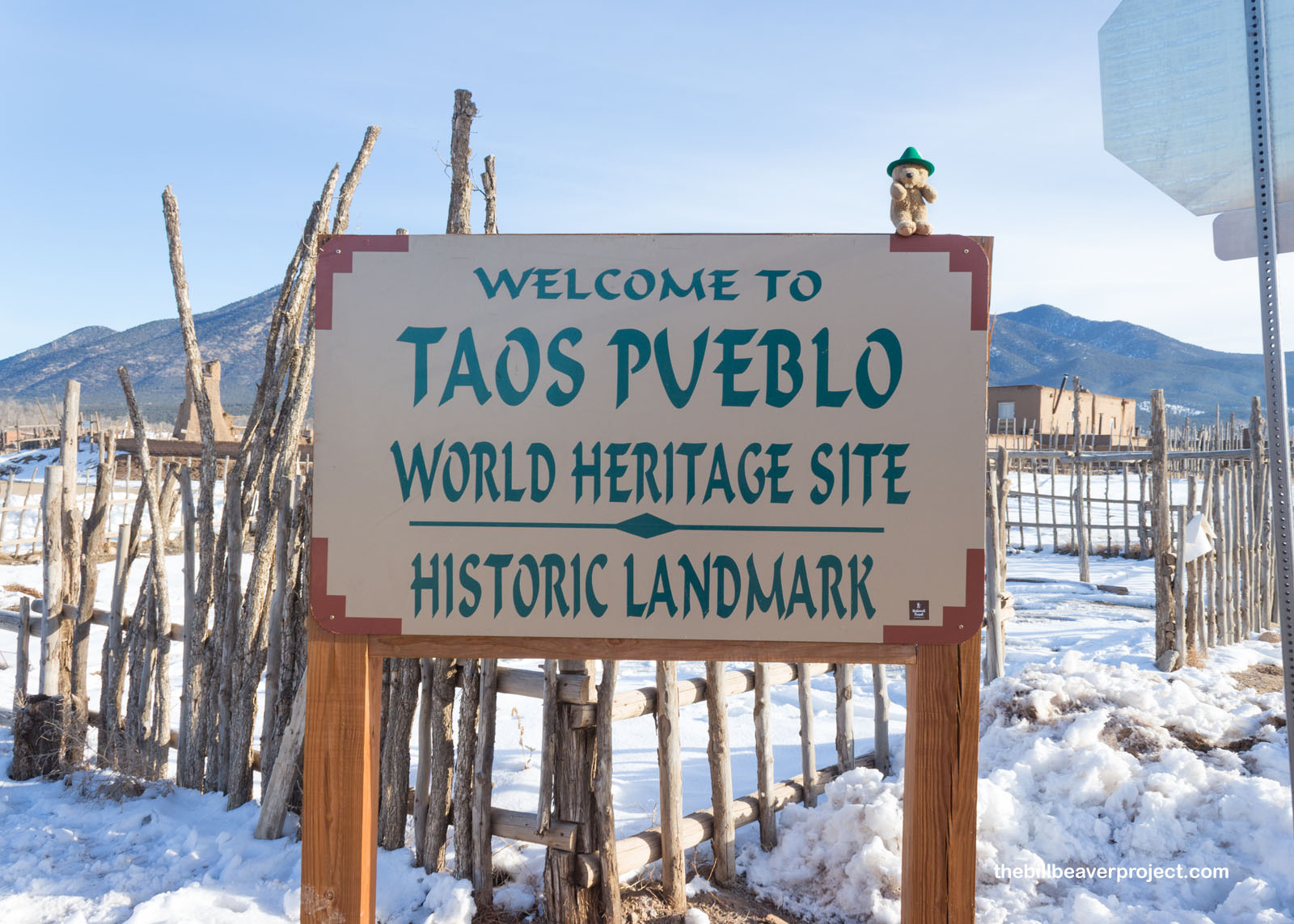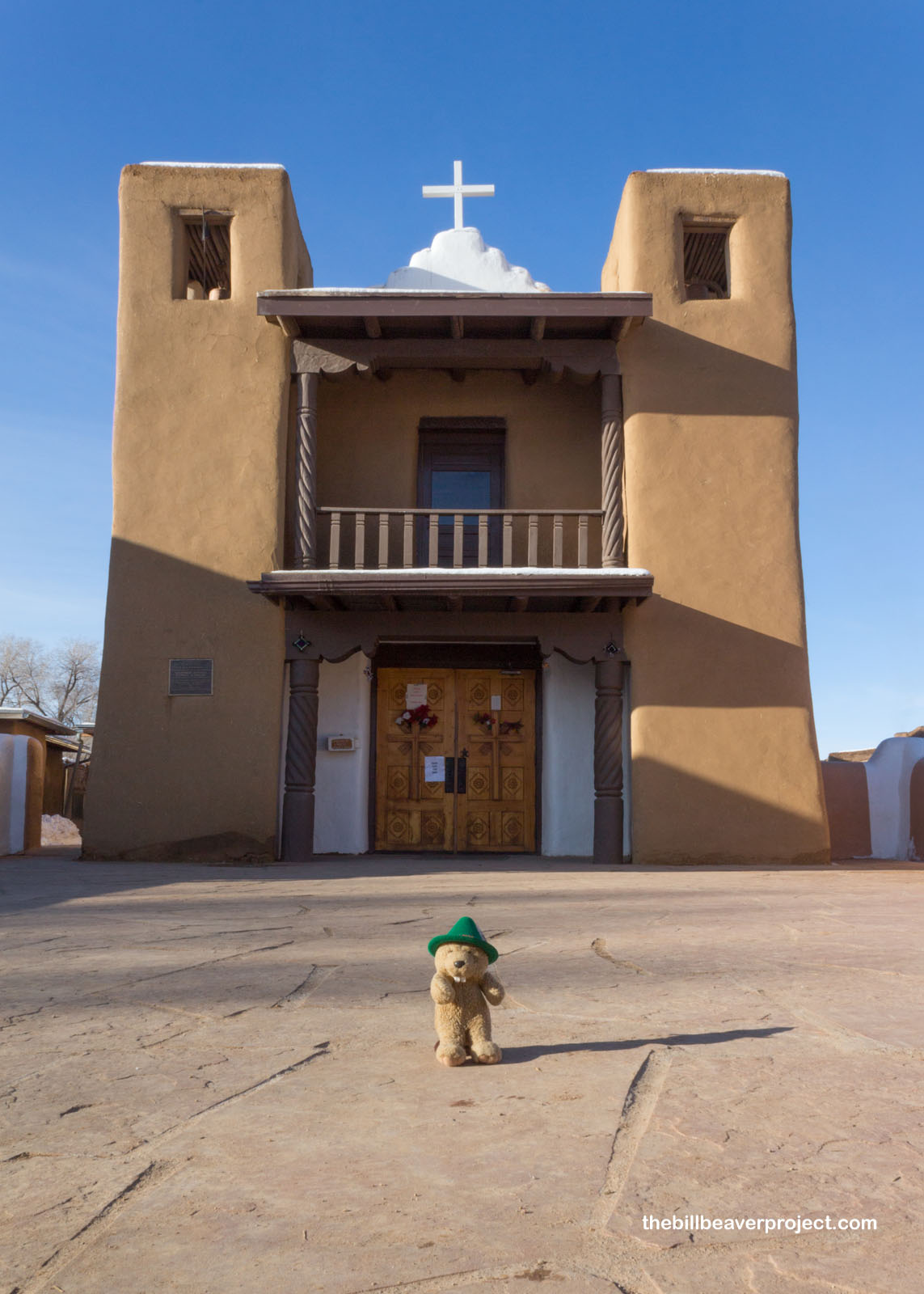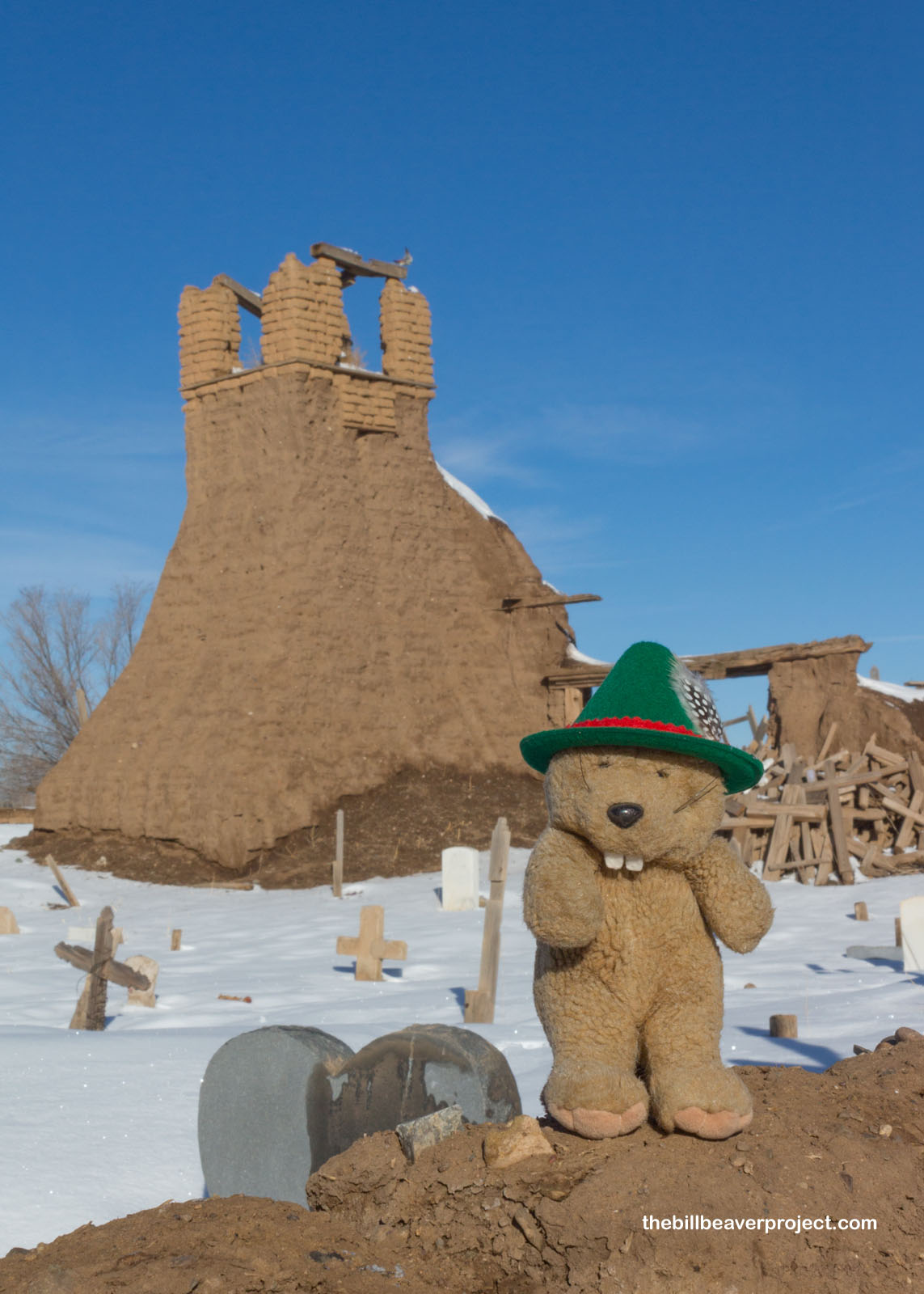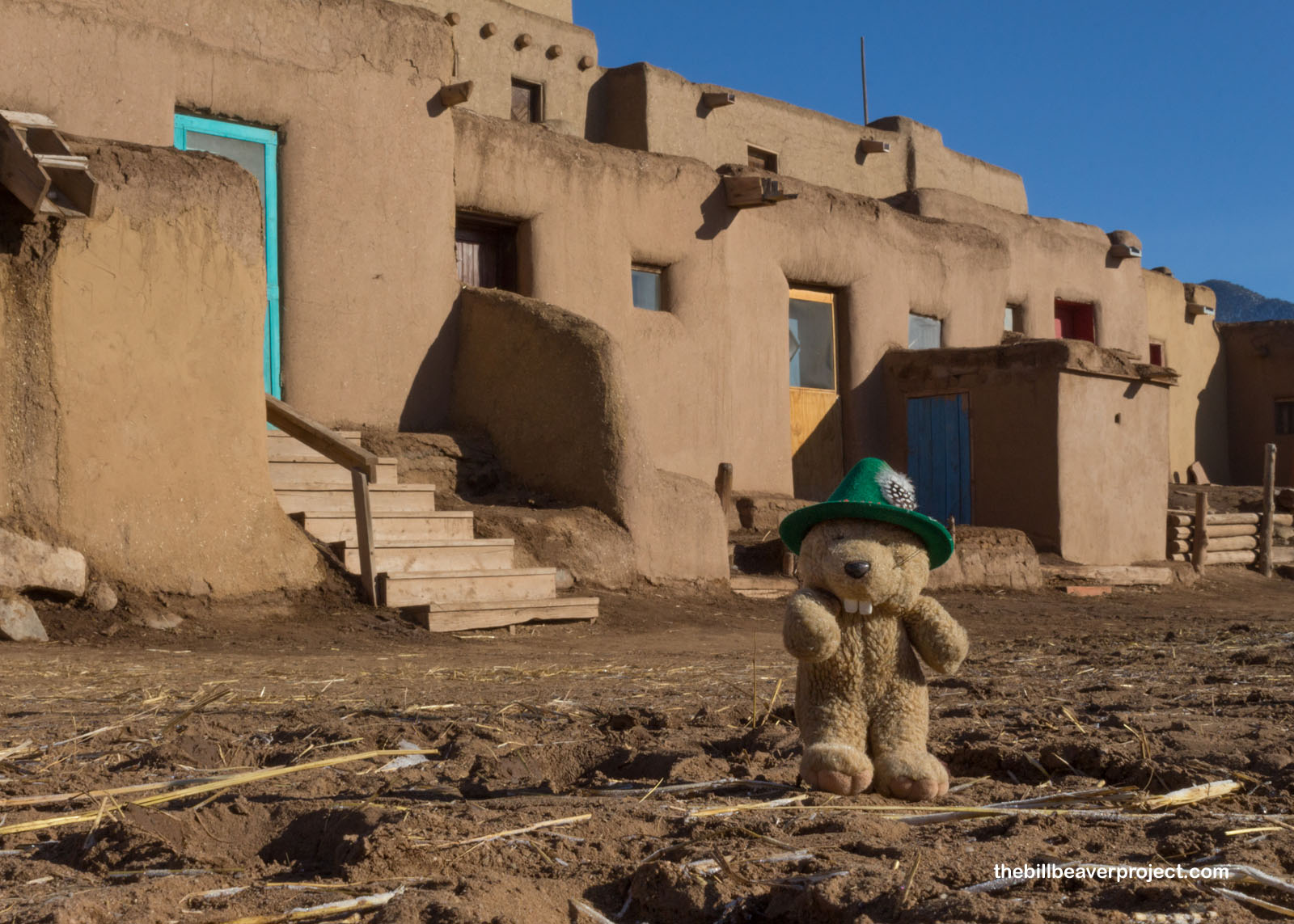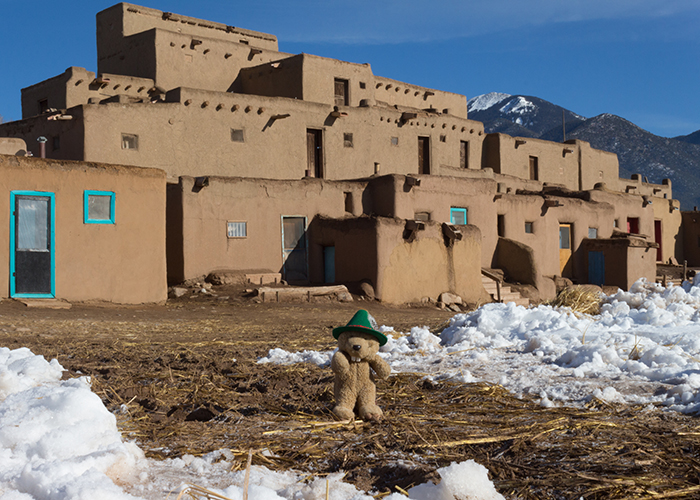| What makes it historical? |
Taos Pueblo is one of the largest and best examples of Puebloan architecture, most likely constructed between 1000 and 1450 AD! Big adobe pueblos like Taos were major destinations for the Ancestral Puebloan people who left their homes in the Four Corners region under mysterious circumstances, and Taos Pueblo was one of the largest such destinations! Today, its two main structures, Hlauuma (North House) and Hlaukwima (South House), are still much the same as they were at construction, still without electricity or plumbing, and some only accessible by ladder!
Details about life before the arrival of the Spanish are closely guarded by the tribe, probably because the Spanish didn’t treat them so well, burning their sacred kivas and masks, and enslaving many of them. Taos Pueblo, however, led one of the few successful revolts—the Pueblo Revolt or Popé Rebellion—in 1680, which overthrew Spanish rule in New Mexico for twelve years! Although the Spanish bloodily reconquered New Mexico between 1692 and 1696, their wariness after the Pueblo Revolt kept them from crushing the Puebloan people the way they crushed other tribes. We can thank that revolt for Taos Pueblo’s current state of preservation!
Taos Pueblo scored another victory in 1970 when they won a 50-year court case, returning the sacred Blue Lake and 48,000 acres of land to the tribe, an area to which they now reserve exclusive use rights! For the visitor, a trip to Taos Pueblo is one of mysteries mixed with history. The community wears an outward mask painted by and for outsiders, but somewhere within, there are deeper mysteries to ponder. Nevertheless, there is still plenty here to be enjoyed from the magnificent adobe architecture set against the Sangre de Cristo Mountains, to the smells of piñon coffee and frybread wafting out of the shops! |
